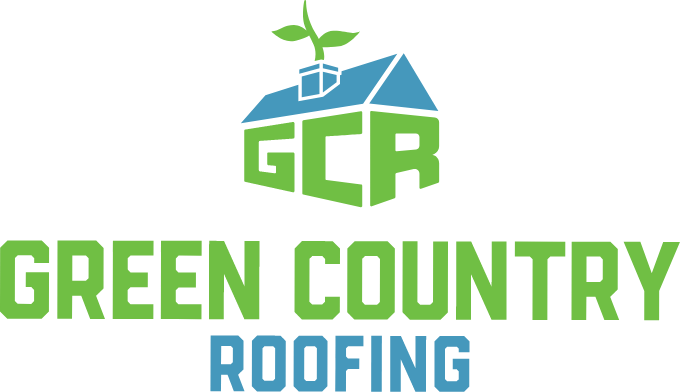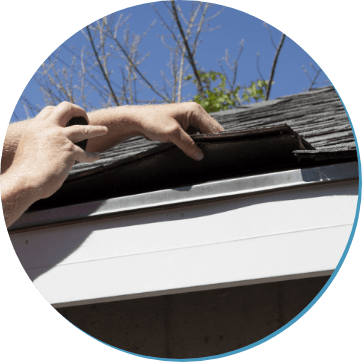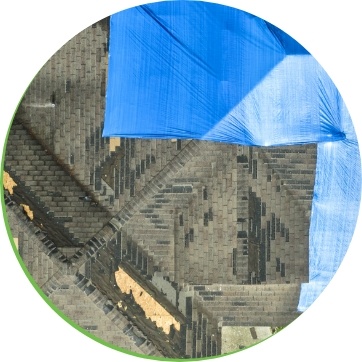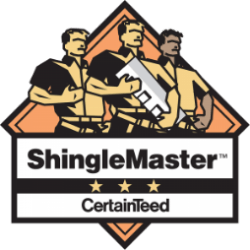Storm Damage in Broken Arrow
Known for its hot, humid summers, Broken Arrow experiences plenty of wind, ice and snow in winter. Following any major storm, it’s important to have your roof inspected.
While you can perform a quick visual assessment of your roof from the curb, a roofer will check your roofing for springy, spongy areas, separation at its valleys, and torn flashing around your chimneys, vents and other protrusions.
Strong winds and heavy precipitation can affect roofing in multiple ways.
- Creased or dimpled shingles
- Water damage at the building interior
- Dark spots
- Attic moisture
- Blocked or damaged roof vents
If left unchecked, storm damage can also set the stage for mold and major pest infestations. After all, wet, rotting roofing materials create the perfect breeding grounds for fungi, bacteria, ants, flies and mosquitoes.
Among the most common signs of storm-related roof damage are shingle granules in gutters and at the base of downspouts. Although shingle granule loss might seem like a minor issue, it strips away the shingles’ UV protection and shortens their lifespans.
These granules also route runoff into the drainage system. Without them, roofs can experience frequent problems with standing, stagnant water and leaks.
Storm-related roof damage is often covered by home insurance companies. You can work with an expert roofer to determine which damages are the result of covered perils and which are age or maintenance-related.
During storm damage repair services, a roofer will replace or fix damaged flashing, reinstall missing and loose shingles, and replace all shingles that have lost their granules or their overall integrity.
Timely roof repair services prevent premature roof failure. In the case of serious storm-related damage, they can even prevent total roofing collapse.

 Emergency Service
Emergency Service



